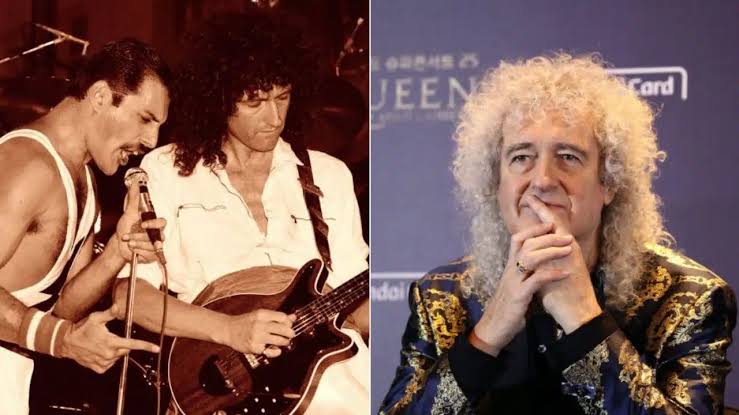
Queen’s Iconic Lead Vocalist to be ‘Reanimated’ as AI-Powered Hologram.

In an unprecedented development that
has reverberated through the music
world, Freddie Mercury’s estate has
announced plans to bring the iconic
Queen frontman back to life through an
AI-powered hologram. The
groundbreaking project, in collaboration
with leading AI technology firm Digital
Rebirth, aims to create a highly realistic
digital representation of Mercury,
allowing him to “perform” alongside
Queen’s remaining members, Brian May
and Roger Taylor.
Dubbed “Freddie 2.0,” this ambitious
initiative will utilize advanced
algorithms and machine learning
techniques to generate a hologram that
can sing, dance, and interact with
audiences in a lifelike manner. By
integrating archival footage, voice
recordings, and AI-generated content,
Digital Rebirth promises to create a
performance experience that closely
mirrors Mercury’s legendary stage
presence.
The announcement has stirred a mix of
excitement and controversy. Fans of
Queen are eagerly anticipating the
chance to see Mercury “perform” once
more, reliving the electrifying
performances that defined his career.
The prospect of experiencing Mercury’s
charisma and vocal prowess in a new
form has generated considerable
enthusiasm among long-time admirers
and new generations of fans alike.
Brian May and Roger Taylor, the
surviving members of Queen, have
expressed strong support for the project.
In a statement, they explained, “We’ve
always wanted to keep Freddie’s memory
alive, and this technology allows us to do
so in a way that’s both authentic and
innovative.” Their endorsement reflects
a desire to honor Mercury’s legacy and
introduce his music to audiences in an
engaging and contemporary format.
The first performance featuring “Freddie 2.0” is scheduled for a special Queen tribute concert later this year, with plans for a world tour and new music releases to follow. The use of holograms and AI technology in live performances is not entirely new, but the scope and realism of “Freddie 2.0” represent a significant leap forward in digital entertainment.
Despite the excitement, the decision has sparked a heated debate about the ethics of using technology to reanimate deceased artists. Critics argue that creating a digital version of Mercury raises complex questions about authenticity and consent. Concerns have been voiced about whether such a project might exploit Mercury’s legacy or undermine the artistic integrity of his original work.
There are also philosophical considerations regarding the nature of art and memory. For some, the idea of experiencing a “reanimated” Mercury may seem like an unnatural intrusion into the realm of the deceased. They question whether technology should be used to perpetuate the presence of someone who has passed away, or if such innovations risk overshadowing the genuine impact of Mercury’s original performances.
Supporters, on the other hand, view “Freddie 2.0” as a tribute to Mercury’s enduring influence and a way to celebrate his contributions to music. They argue that this technology offers a new way to honor his memory, making his legacy accessible to a broader audience. The hologram could also serve as a bridge between past and future, blending Mercury’s timeless artistry with cutting-edge technology.
As the project progresses, it will undoubtedly continue to provoke discussion about the intersection of technology, art, and mortality. The debate surrounding “Freddie 2.0” highlights broader questions about how we remember and engage with cultural icons in the digital age. Is this a fitting tribute to one of rock history’s greatest voices, or does it tread too closely to the realm of exploitation?
For now, the music world and Queen fans will have to wait and see how “Freddie 2.0” is received. The upcoming tribute concert and world tour will likely provide more insight into how this innovative project will impact Mercury’s legacy and how it will be embraced by audiences. Whether seen as a groundbreaking homage or a controversial step too far, the creation of “Freddie 2.0” marks a significant moment in the evolving landscape of music and technology.







